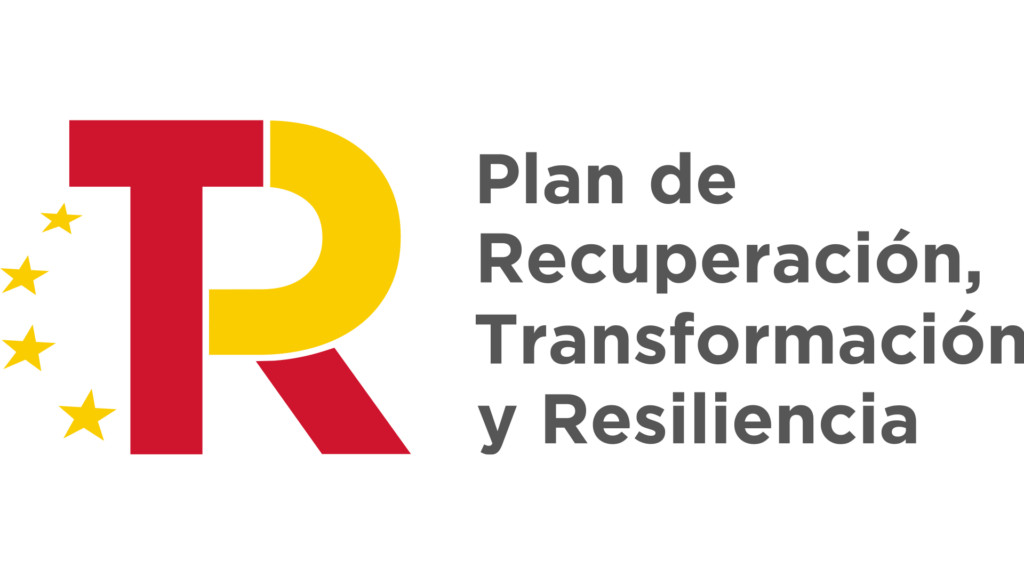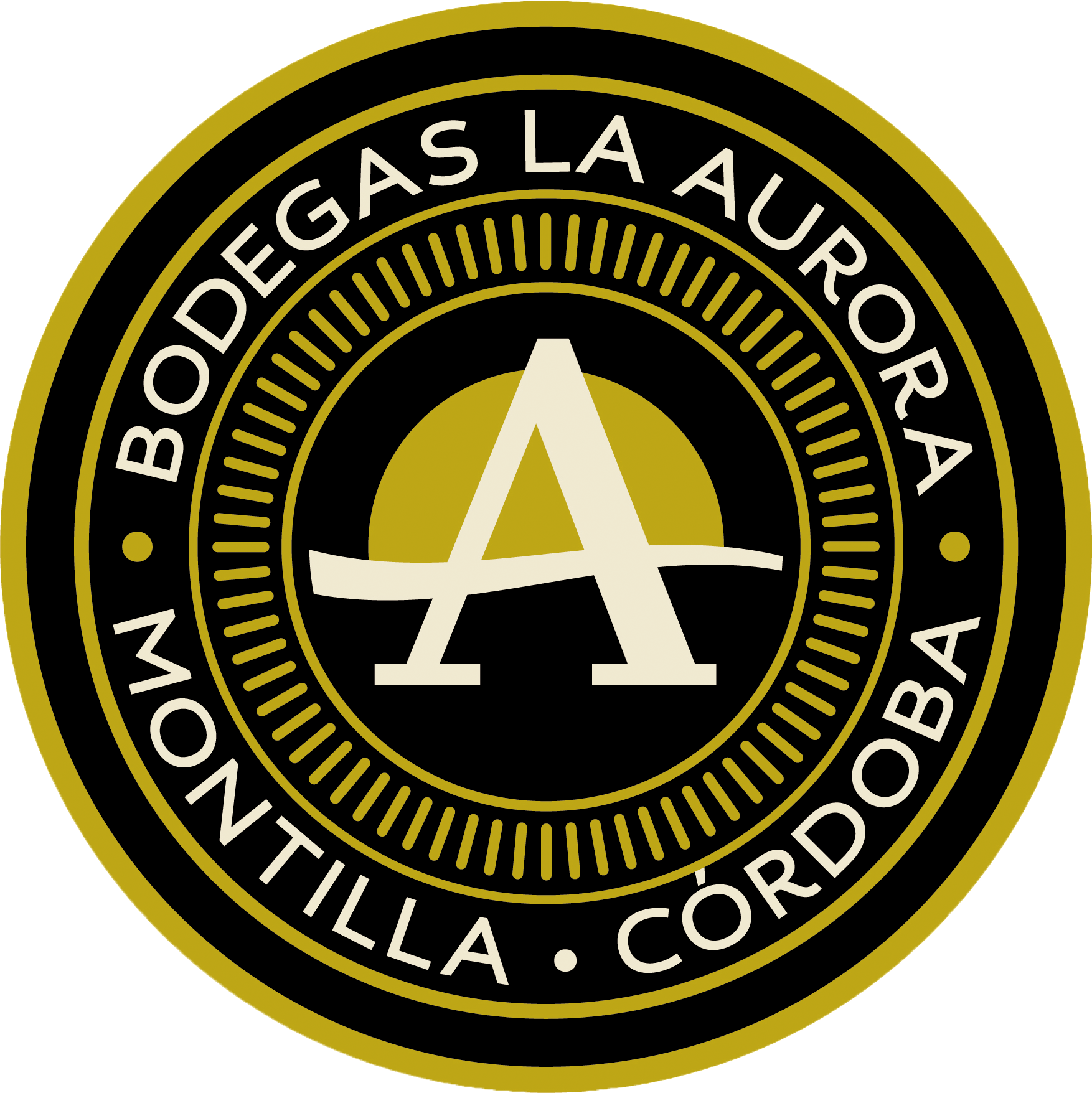What phytosanitary treatments must be carried out in the olive grove?

Hello! This week I want to address a quite controversial topic among farmers: What phytosanitary treatments do you think should be applied to the olive grove?
Before continuing, we recommend that you visit our list of oils on the website by clicking here.
The answer to this question varies depending on who you ask, from my humble opinion and from my own experience I tell you that it depends on many factors that are not the same every year.
Currently, the vast majority of agricultural operations have a field technician who advises them on when, what and how.
- When should I carry out the phytosanitary treatment?
- What product should I apply to the treatment
- How should I apply this phytosanitary treatment?
These three questions are the most used when carrying out any type of treatment in the olive grove.
If in your case you do not have a technical field advisor, I recommend that you look for one, since today it is essential to have the advice of expert and accredited personnel to guide and advise you on how you should carry out different agricultural tasks.
Phytosanitary treatments to the olive grove

As I told you at the beginning of the article, the phytosanitary treatments applied to the olive grove will depend on many factors, the most important of which are:
- The state of health in which the olive tree is currently
- The climatology
- The time in which you are going to harvest the olives
If the olive grove is in an excellent state of health, there are, from my point of view, two treatments that should be done almost as a matter of necessity.
#1. Initial or preparatory treatment: This is the first phytosanitary treatment carried out on the olive tree.
As its name indicates, it is the initial treatment and its main objective is to prepare the olive trees so that they have good flowering.
This treatment is carried out during the months of March-April and will depend more specifically on the area.
The products used for treatment should contain, above all, copper to prevent possible fungi from entering through the leaves, and nitrogen-rich fertilizers to enhance growth in spring.
The treatment should be applied by foliar spray, wetting both the underside and the back of all the olive leaves.
#2. Treatment against Prays: There are three generations of Prays, during the time in which this treatment is carried out the second generation is active, which is the most dangerous since it affects the olive flower.
The main objective of this treatment is to prevent this insect from eating the olive flower, thus ensuring that it does not become fruit.
This treatment is carried out during the month of May, I especially emphasize that it must be carried out when the olive flower is at least 20% open, in order to ensure that the duration of the treatment lasts until the flower sets.
The products used during this treatment are: specific insecticides to control this insect, fungicides and fertilizers.
Both the fungicide and the fertilizer are applied in much lower doses than those used in the initial or preparatory treatment, because the state in which the olive tree is currently is extremely delicate and with high doses, They can cause flowers to dry out.
This treatment is also applied by foliar spraying, wetting both the underside and the back of all the olive leaves.
If the olive is harvested for greening and the olive grove is free of diseases, I do not consider it necessary to carry out another treatment, although this will also depend on the area.
If the olives are harvested for oil, it is advisable to carry out another treatment against repilo, which is carried out during the month of October. Fungal products should be used by wetting both the underside and the back of the leaves and the entire fruit.
To finish, I emphasize again that the performance of phytosanitary treatments in the olive grove and in general, of all agricultural work, will depend on the area, the climatic conditions and the health conditions in which the plant is found.What phytosanitary treatments do you consider should be carried out on the olive tree?All the best!
Bodegas La Aurora S.C.A.
Avda. de Europa, 7 Montilla Córdoba 14550
Tél: 957 650 362
Tél: 957 654 642
Email: administracion@bodegaslaaurora.com
Information





